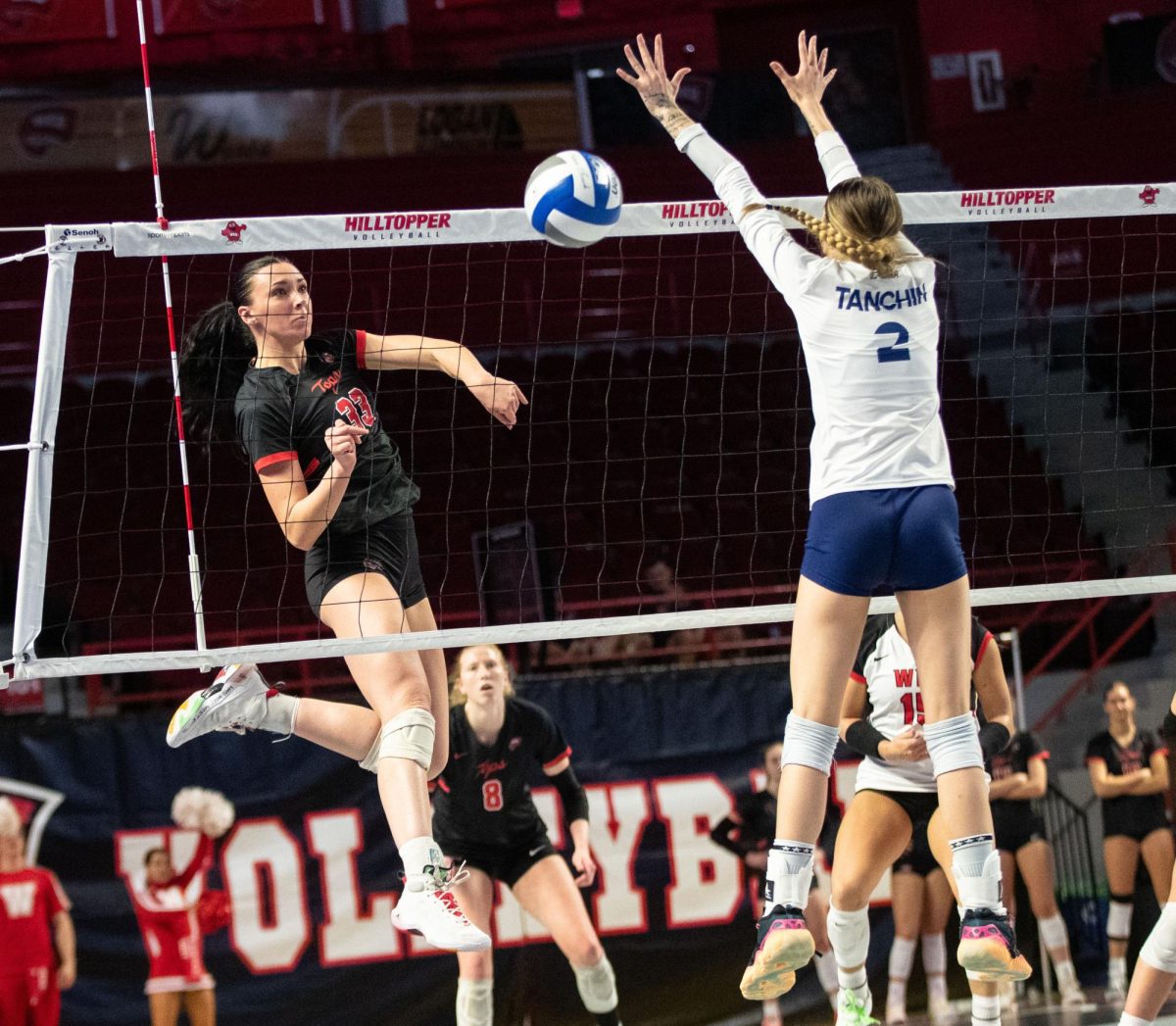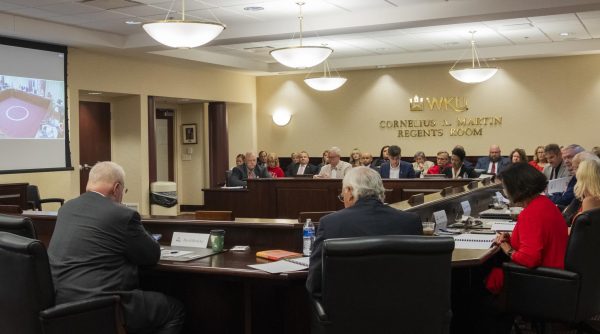Western trying to save energy
October 9, 2003
Jeremy Randolph sat at an internal loop shuttle stop yesterday afternoon.
The Henderson freshman said he’d been in class that morning, but the lights in his Pearce-Ford Tower dorm room were probably still on.
Randolph wasn’t intentionally trying to waste energy. He just didn’t think about turning his lights off when he left, he said.
It’s too early to tell whether more people on the Hill have been conserving energy after a notice sent by Facilities Management on Aug. 19.
But the need is still there, especially after the Tennessee Valley Authority increased its energy rates, effective Oct. 1.
Facilities Management director Doug Ault said the increase was about 6 percent for the university.
Western paid $2.2 million in electricity bills last fiscal year. The budget for electricity this year is $2.6 million.
TVA generates energy and sells it to distributors, such as Bowling Green Municipal Utilities.
TVA spokesperson Michelle Chang said TVA’s board of directors agreed at the end of August to increase the rates in order to fight pollution.
It was their first increase in 16 years, she said.
Chang said TVA is purchasing emissions control equipment for its coal burning plants.
TVA will buy five scrubbers, which reduce sulphur dioxide, for about $1.5 billion, she said. They will also purchase about $1.1 billion in selective catalytic reduction systems that reduce nitrogen oxide.
“We spend actually about a million dollars a day to do all this,” Chang said. “It’s very, very expensive.”
BGMU general manager Larry Miller said they didn’t absorb any of the increases.
Ault said he thinks there’s been a greater awareness about conserving energy on campus since the notices were sent out.
“It seems like we’re finding more rooms where people have turned the lights out,” he said.
Stickers were placed in buildings across campus reminding students, faculty and staff to turn off lights they’re not using.
But Randolph said he hasn’t seen the stickers and doubts they are working.
“I don’t think there’s anything they can do to enforce it,” Randolph said.
He said most students are lazy or just don’t think about conserving energy.
Marrowbone junior Michelle Branham said she has noticed the stickers.
Branham said she thinks more students are turning off the lights they use on campus.
But she said she usually doesn’t think about turning off lights in academic buildings unless they’re already off when she began using them.
Despite the notices, Wes-tern may have gone over this semester.
TVA sent a notice last month to Facilities Manag-ement stating that Western had exceeded its energy limit for two days in August by .1 kilowatts, Ault said.
The university is limited to 12 kilowatts per day.
He said Facilities Manage-ment is still looking at the bills to determine whether or not this is true.
Ault said Western gets 35 to 40 bills for campus every 30 to 60 days.
He said data is compiled when the bills are received to calculate the total amount of energy used by Western in that time period.
The details regarding Wes-tern’s usage should be known by mid-October, Ault said.
If limits have been exceeded this semester, Western will pay an excess usage charge, he said.
Ault said TVA would probably not automatically place energy usage restrictions on campus, such as cutbacks in air conditioning, on campus because of the error.
Restrictions are more likely to be placed if several distributors on TVA’s power grid were exceeding energy capacity levels, he said.
The notices sent from Facilities Management in August warned that all departments should reduce energy usage or face air conditioning cutbacks.
Ault said turning off unused lights is one easy way to conserve energy. He said lighting accounts for about 30 percent of the energy used on campus.
The same applies to the heating during the winter, Ault said. He said extremely cold winters in January can cause an energy increase.
Western is considering in-creasing its maximum energy capacity to 13 kilowatts, Ault said. Such a move would require the university to pay more money.
Information about doing so has not yet been received from TVA, he said. The university would have to pay for the greater energy limit even if it didn’t use all of it.
He said Western is averaging energy increases of 3 percent per year.
Building additions and dorm renovations are partly to blame, Ault said.
He said students are also taking advantage of the increased number of outlets in some of the renovated dorms.
Reach Shawntaye Hopkins at [email protected].

























